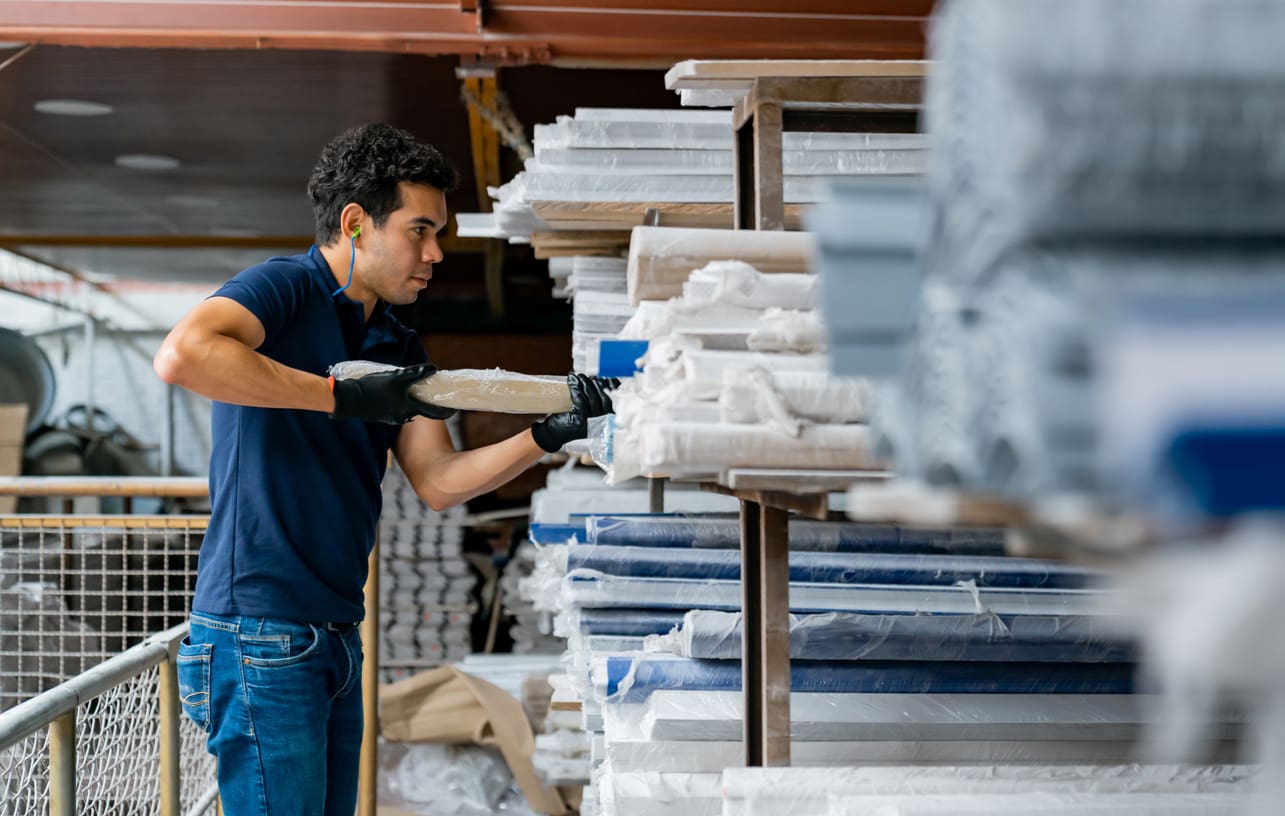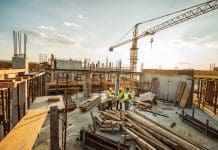The Build Chain investigates how by adopting a strategic and proactive approach, contractors and housebuilders can overcome the challenges presented by high and fluctuating pricing of construction materials
A worrying number of construction professionals are reporting that the industry is still being affected by high prices for materials.
Whilst every pound saved during a construction project can make a significant impact on the bottom line, it’s important to note that best value doesn’t always mean cheapest price.
Good value encompasses quality, distance from site, and delivery times too.
By following the strategies outlined below, construction companies can actively benchmark pricing for construction materials, helping them to actively manage costs, optimise procurement decisions, and enhance overall project profitability.
Conduct thorough market research to be aware of trends
By conducting thorough market research, construction companies can ensure they have a good understanding of market trends, including pricing fluctuations and availability of materials. Monitoring industry publications, online marketplaces, and supplier catalogues is a good place to start gathering pricing data.
Research can be supported by industry-specific price indexes, such as the Builders Merchants Building Index, which tracks price movements in construction materials over time.
Liaising and networking with industry peers can also supplement knowledge of the current market conditions.
Don’t rely on a single quote for your construction materials
Obtaining quotes from multiple suppliers for the same materials provides a basis for comparison and can help buyers negotiate better deals. It’s important to ensure quotes include a detailed breakdown of costs, including material prices, delivery charges, and any applicable discounts to help establish what the best value quote is.
For example, one quote may have the cheapest price, but it’s from a supplier that is many miles away and can’t deliver in an ideal timeframe, whereas another quote may initially look more expensive, but the supplier is only a short distance from site and can deliver on the exact date the products are required.
Software like The Build Chain makes it easy to send a single enquiry that is delivered to multiple relevant suppliers local to site. Using digital solutions or implementing systems that bring automation to the supplier identification process can save large amounts of time, leaving procurement professionals with more time to spend time building relationships and negotiating mutually beneficial deals with suppliers.
Build relationships and negotiate with suppliers to reap multiple benefits
Building strong relationships with suppliers can lead to better pricing and value-added services. It can help improve negotiations to secure favourable pricing terms, bulk discounts, or preferential payment terms.
It’s important to regularly assess any existing agreements you have in place with existing suppliers, to ensure that they remain beneficial for each party. Staying in regular contact helps maintain a strong level of service and reliability.
Explore alternative materials for price and sustainability
By considering alternative materials and suppliers, contractors and housebuilders can often discover comparable quality at more competitive prices. When assessing the suitability of new materials, evaluate the performance, durability, and environmental impact of the alternative and ensure it meets project requirements.
In many cases, alternative materials may have other advantages, such as being more sustainable than the material originally specified, which can help a project achieve environmental targets.
Exploring alternative suppliers and conducting market research can also unlock benefits in addition to pricing advantages, such as discovery of suppliers with quicker delivery times or materials that are more effective in meeting project requirements.

















